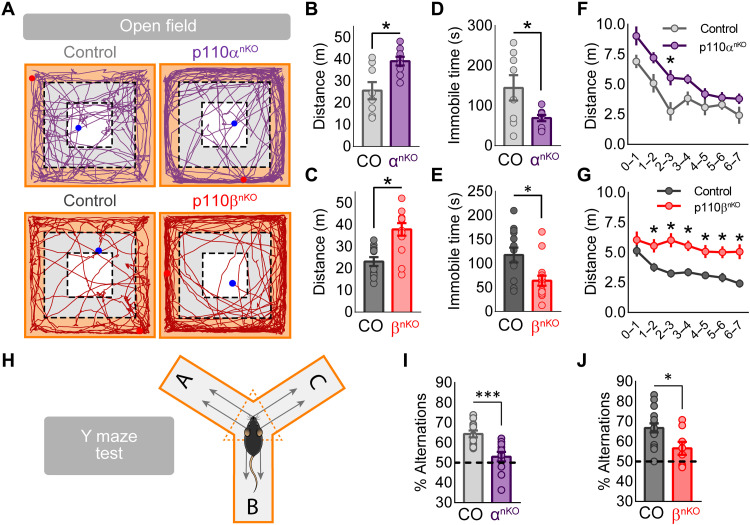Fig. 9. Open field and Y-maze tests on p110αnKO and p110βnKO animals.
(A to G) Mice were tested in the open field for exploring locomotor behavior. Mice were placed individually in the center of an open field arena (40 cm by 40 cm by 40 cm) and allowed to habituate and freely explore the area for 7 min. (A) Representative paths of ambulation from p110αnKO (top), p110βnKO (bottom), and their respective controls for the entire duration of the test. Periphery, inner, and center zones are also shown in orange, gray, and white, respectively. (B and C) Quantification of the total traveled distance for the entire duration of the test for p110α (B) and p110β (C) floxed mice. (D and E) Quantification of the mean time that mice spend immobile in the arena for p110α (D) and p110β (E) floxed mice. (F and G) Quantification of the mean traveled distance in time segments of 1 min for p110α (F) and p110β (G) floxed mice. Mann-Whitney test was used to assess statistical differences between p110αnKO or p110βnKO and controls (*P < 0.05). p110αflox/flox: vehicle, n = 8; p110αnKO, n = 9. p110βflox/flox: vehicle, n = 13; p110βnKO, n = 15. (H) Experimental scheme of the spontaneous alternation task that is performed on a Y-shaped maze. Mice are placed on the center region of the maze; the arm entrance order is recorded, and then the spontaneous alternation percentage is calculated. (I and J) Spontaneous alternation percentages from p110αnKO (I) and p110βnKO (J) and their respective controls. Statistical analysis between conditions was performed with Mann-Whitney test (***P < 0.001 and *P < 0.05). p110αflox/flox: control, n = 12; p110αnKO, n = 12. p110βflox/flox: control, n = 16; p110βnKO, n = 8.

